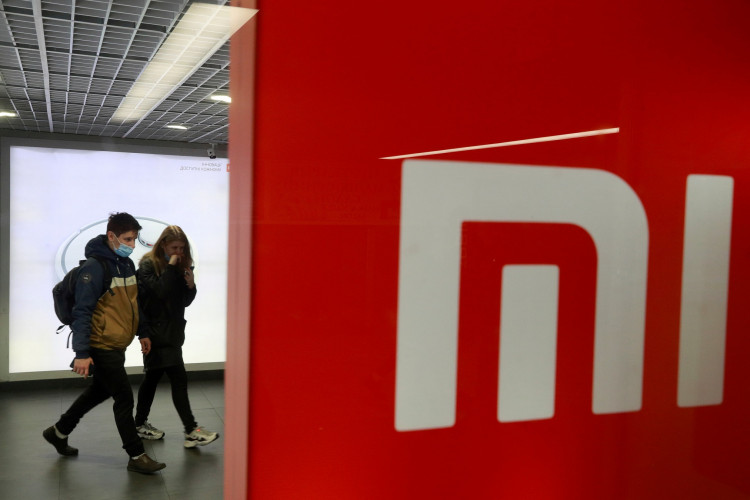On August 28, following the close of trading on the Hong Kong stock market, Xiaomi (01810.HK) announced its second quarter and semi-annual financial results, surpassing expectations on both revenue and profit fronts. For Q2, Xiaomi reported a revenue of ¥673.5 billion, surpassing the expected ¥658.4 billion and marking a 4% decrease year-on-year. The company's net profit surged by 168.5% from the previous year to ¥36.7 billion, exceeding the market expectation of ¥31.6 billion. Adjusted net profits rose to ¥51.4 billion, a 147% hike from the previous year.
For the first half of 2023, Xiaomi's revenues reached ¥1,268 billion, down by 11.6% compared to the previous year. However, its adjusted net profit skyrocketed more than eight-fold to ¥84 billion, closely approaching the company's adjusted net profit for the entire previous year.
Driving Factors Behind the Growth
The significant boost in Xiaomi's profit can be attributed to its successful push into the high-end market combined with efforts in cost reduction and efficiency enhancement.
In the first half of this year, the global smartphone industry was still grappling with a downturn, as market demand continued to slump and shipments declined for the eighth consecutive quarter. Xiaomi's revenues from its smartphone business also dipped, from ¥423 billion in Q2 of 2022 to ¥366 billion in Q2 of 2023.
Despite this decrease in revenue, Xiaomi's gross profit margin for its smartphone business grew by 4.7 percentage points. This was mainly due to the company's impressive inventory reduction accomplishments in the first half of the year and the growth benefits from its move into the high-end market.
During this industry downturn, Xiaomi significantly reduced its inventory. By the end of Q2, the company's inventory stood at ¥385 billion, a 30% reduction from the previous year and the lowest in ten quarters. This included over a one-third reduction in both raw materials and finished goods.
In the midst of the industry's overall decline, a notable trend was the counter-cyclical growth of the high-end smartphone market. In Q2 of 2023, smartphones priced over $600 accounted for 23.1% of the market in China, a 3.1 percentage point increase compared to the same period in 2022.
Xiaomi made significant breakthroughs in this high-end segment. The average selling price of its smartphones in China increased by more than 24% year-on-year. In Q2 of 2023, Xiaomi's market share for smartphones priced between ¥4,000 and ¥6,000 nearly doubled, reaching 12.7%, with a noticeable improvement in its high-end market share.
Overall, the results of Xiaomi's cost-reducing and efficiency-enhancing efforts were clear. The company's overall gross profit margin in Q2 reached 21%, up from 17% in the same period last year.
Excluding the decline in smartphone revenue, all other core businesses of Xiaomi witnessed concurrent growth in both revenues and gross profit margins. In Q2 of 2023, revenue from IoT and consumer products reached ¥223 billion, a 12.3% increase year-on-year, with a gross margin of 17.6%. Internet service revenue, mainly from advertising and gaming, reached ¥74 billion, a 6.8% increase, with an impressive gross margin of 74.1%.
Xiaomi also reduced its sales and administrative expenses by ¥8 billion and ¥2 billion respectively, marking a 16% and 13% reduction year-on-year.
Lastly, Xiaomi's financial statement revealed its investments in vehicle manufacturing. The company's R&D expenses for Q2 amounted to ¥46 billion, a 21% increase from the previous year, primarily due to increased research and development costs for electric vehicles.






